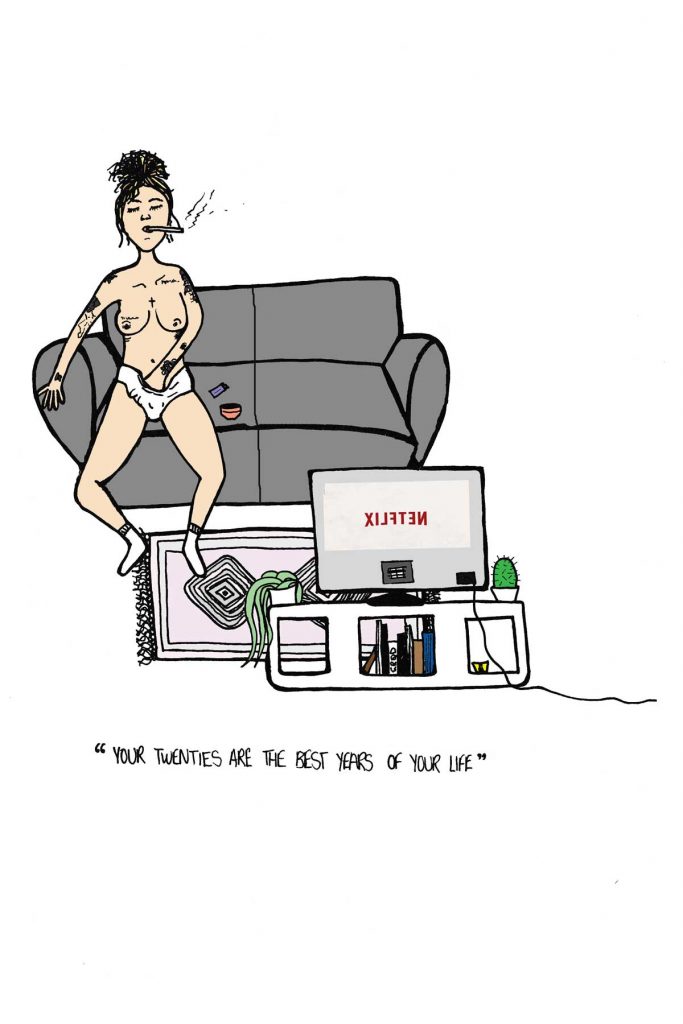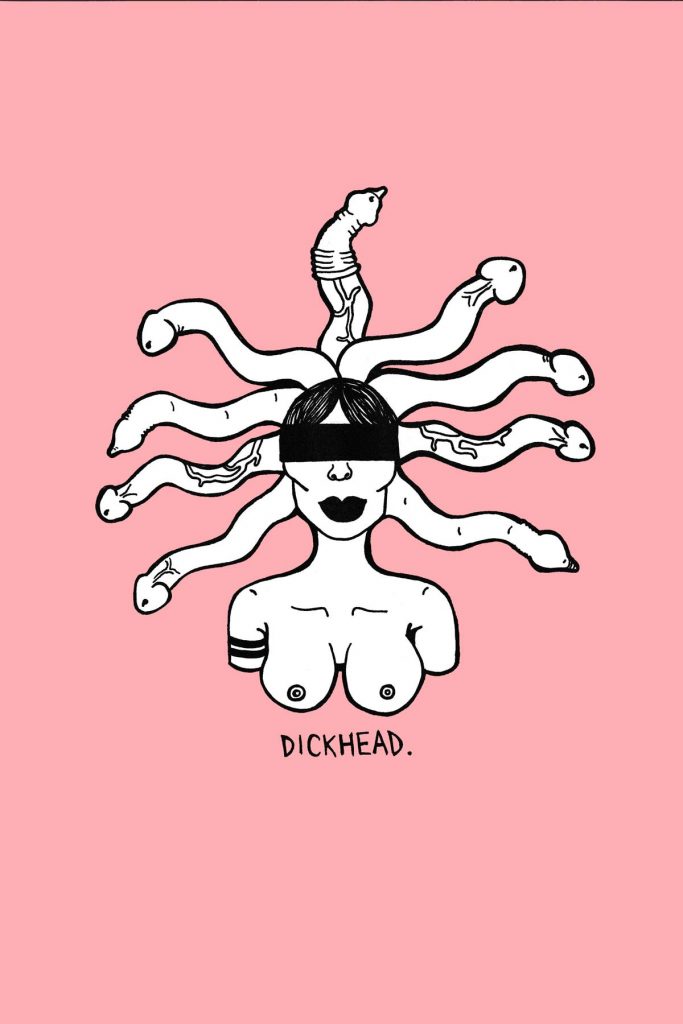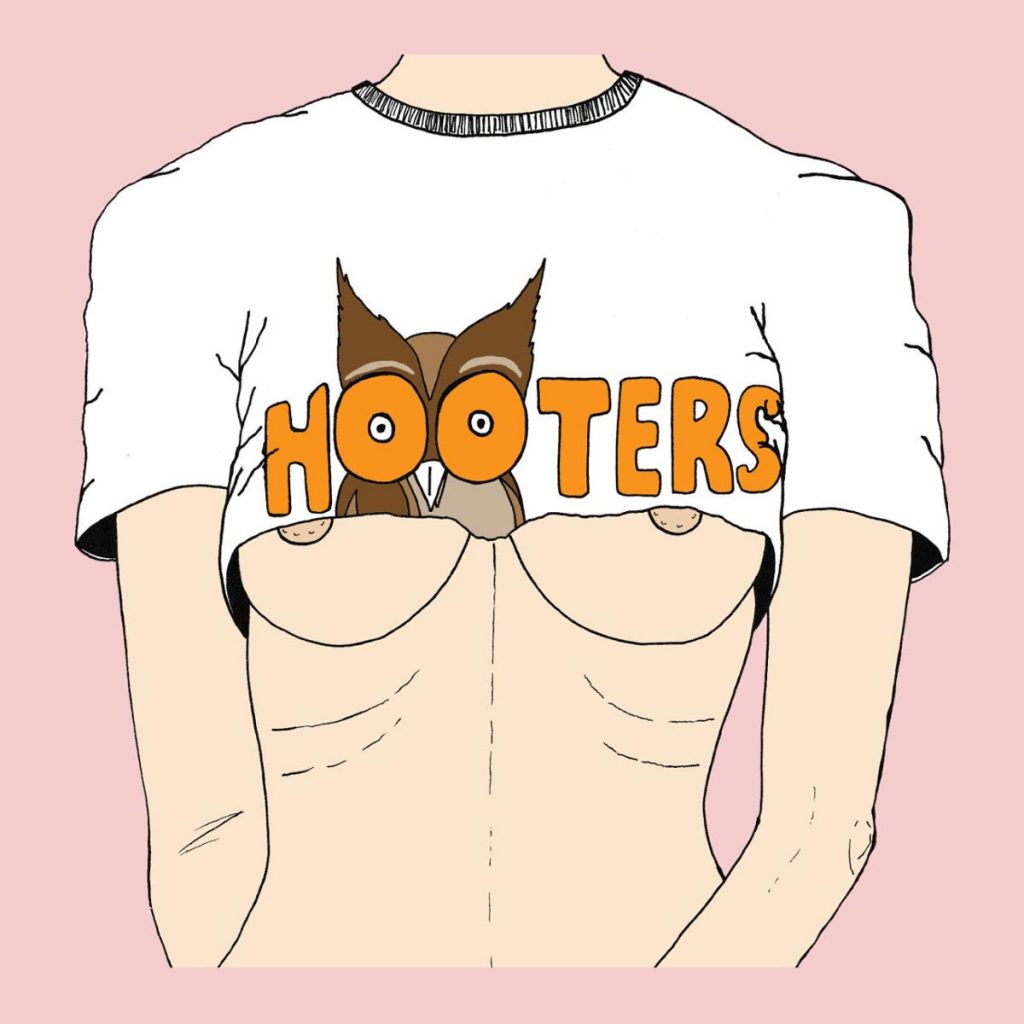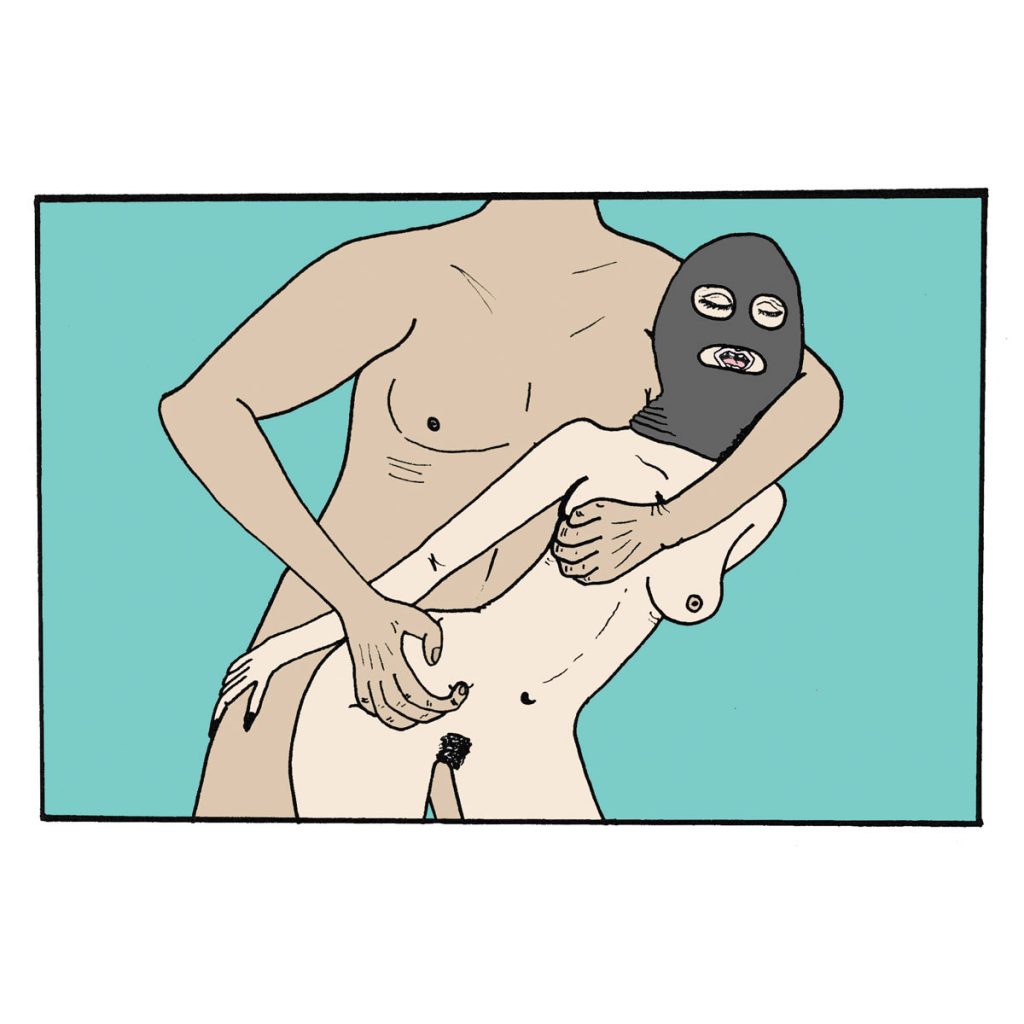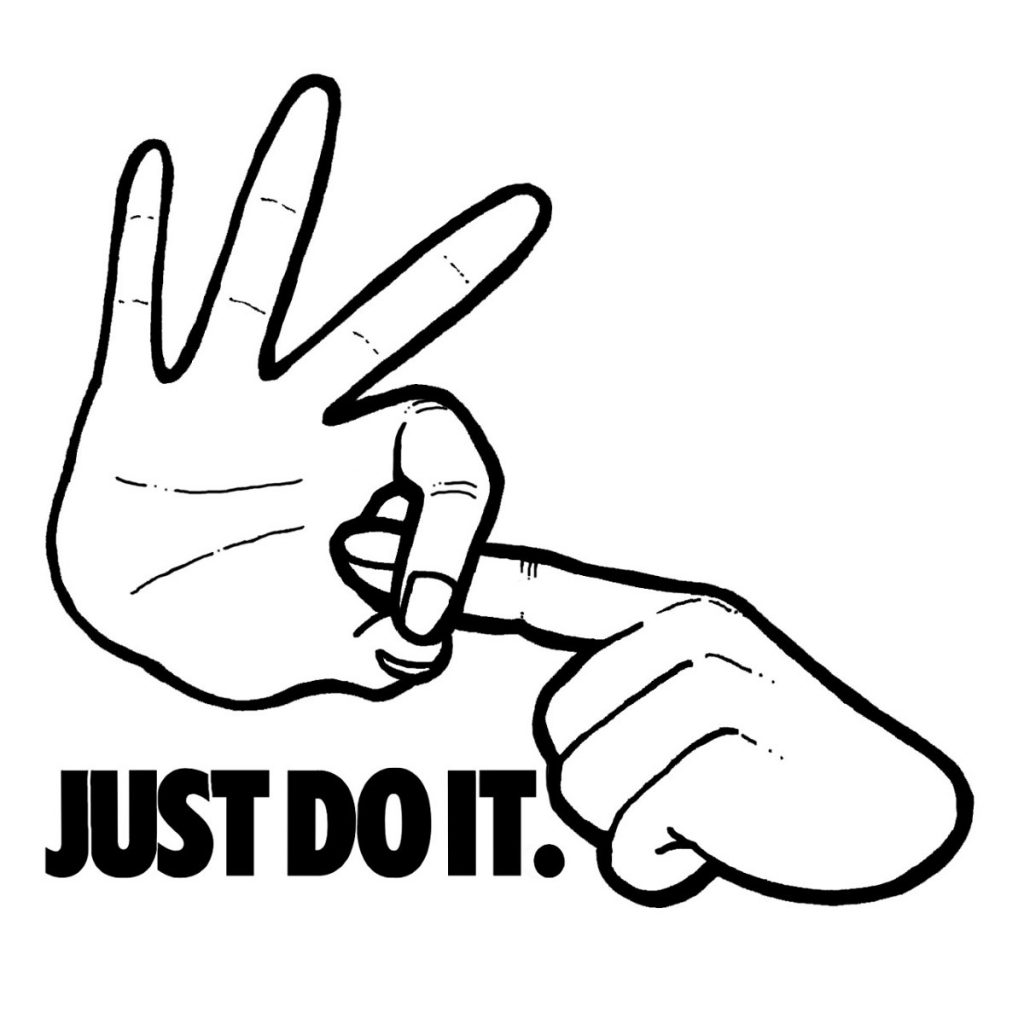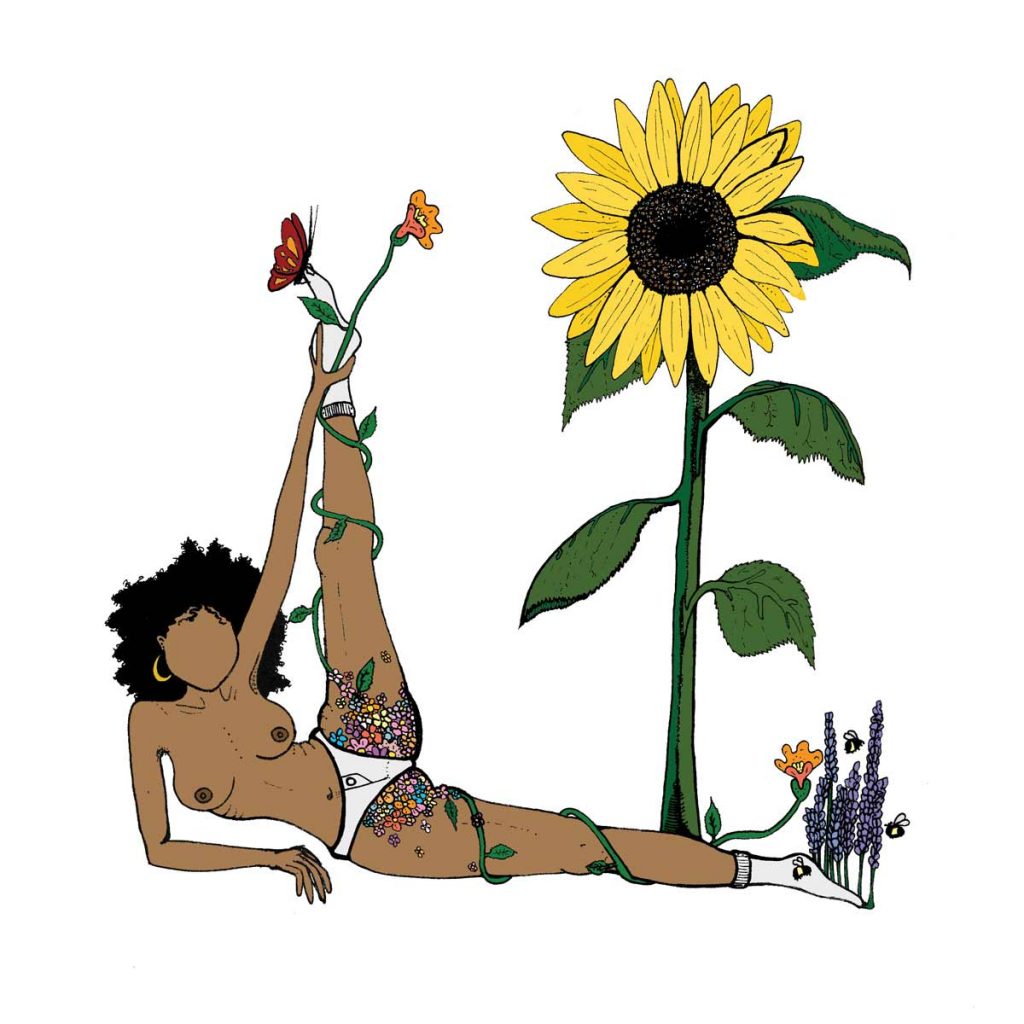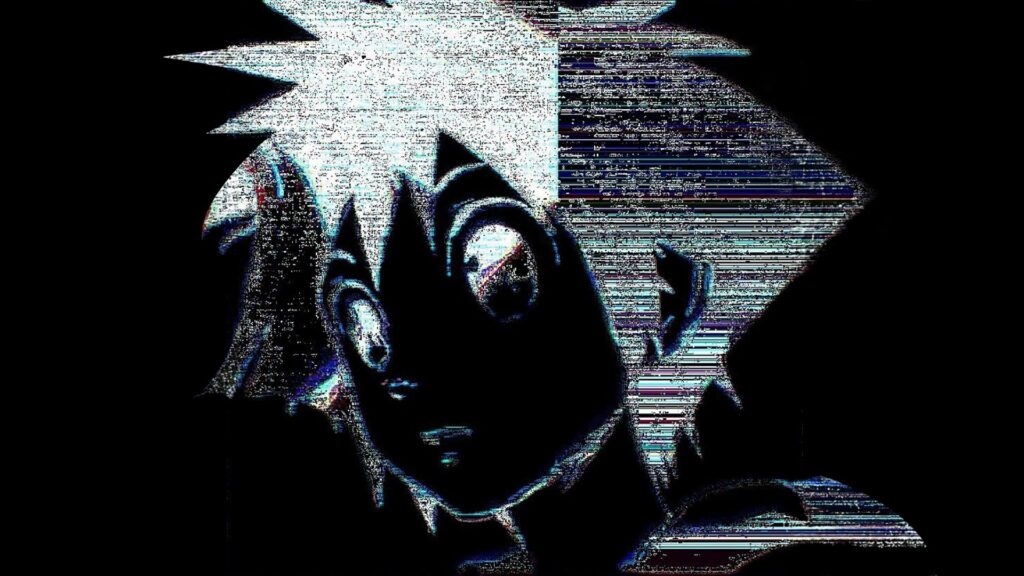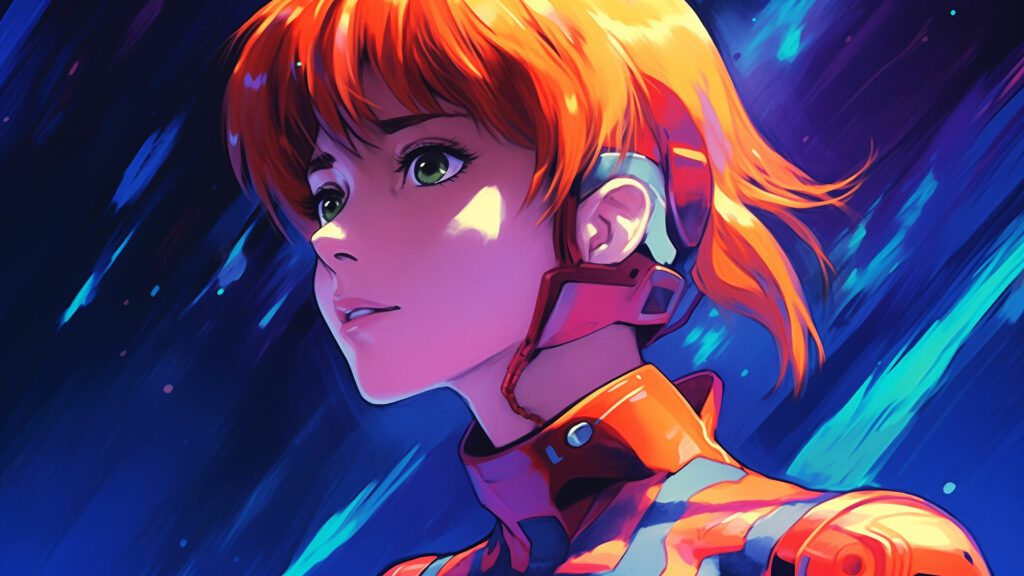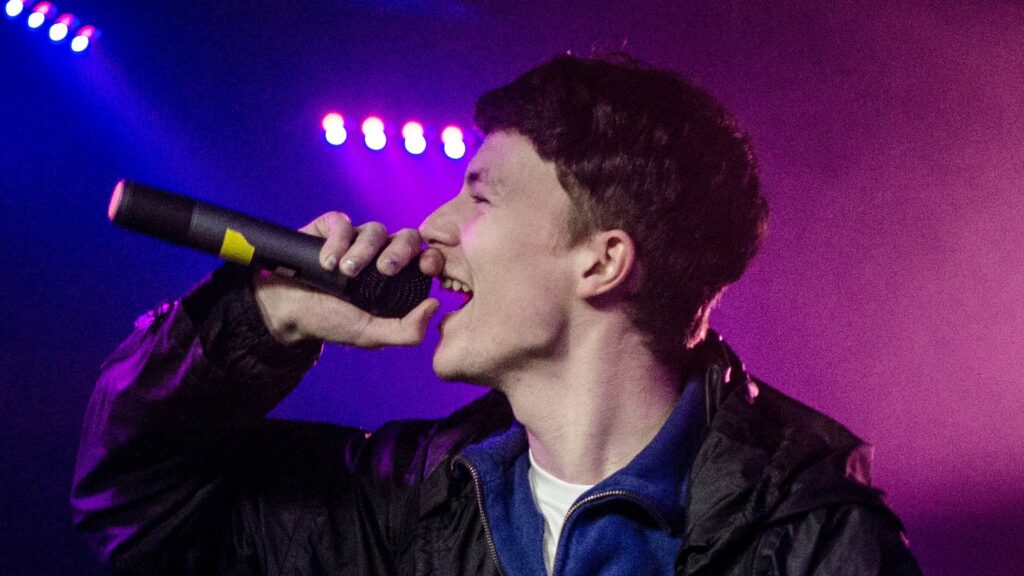Censorship has a firm grip on the way social media is used on a daily basis. Most people probably don’t even notice, but it’s disengaging a small yet important set of users, those that create outside the modern conventions. Many of us won’t come under fire or even understand the problem, yet these artists are at the forefront of this battle for art in all its many forms. Instagram is the main culprit. Its regulations seem to satisfy sensitive minds or lazy parents willing to chuck their kids on the platform at 10 years old, but who else does it help, and at what cost?
Exploring art through emotion or eroticism isn’t a new concept, and many of the most groundbreaking examples have always faced a whole heap of judgment. Yes, this art can be shocking but it can also be intimate and seductive, in a way often misunderstood. One artist that knows the constraints now attached to creativity is Oh Darling [Georgia Dean], whose output is heavily inspired by sparking the conversation around sex and the negativity towards it. Her sketches of dicks, tits and quirky viewpoints on culture are something straight out of a censor’s nightmare.
However, it sustains a passionate connection with viewers through complex themes from mental and emotional health to vices including drug abuse. “I tend to only draw my own views/opinions/issues I can relate to. I won’t draw anything that’s unknown to me. I do suffer from mental/emotional health so this can produce some quite dark and gritty illustrations if my mind is in that place. The fact that these illustrations could potentially help to raise a bit more awareness around the ‘unglamorous’ side of emotional/mental health is a bonus.”
The way Instagram operates and treats some of its users may be trash, but its popularity and interface can be an ideal platform for an aspiring artist. It allows them to connect with millions of people across the globe and share work effortlessly. However, as community guidelines seem adamant on the matter of what the platform should be used for, it’s still not clear why they can apply their logic to some forms of ‘inspiration’ and ‘expression’ but not others.
“We want Instagram to continue to be an authentic and safe place for inspiration and expression,” they say. Hmmm, ok so far, although how you define ‘safe’ is anyone’s guess. “We know that there are times when people might want to share nude images that are artistic or creative in nature, but for a variety of reasons, we don’t allow nudity on Instagram. This includes photos, videos, and some digitally created content that show sexual intercourse, genitals, and close-ups of fully-nude buttocks. It also includes some photos of female nipples.”
Before moving on, let’s get one thing clear: no one is looking on Instagram for a quick tug over a nude photograph or digitally created image. If they were, many more people would be found in Waterstones bashing one-off to Nobuyoshi Araki’s ‘Tokyo Lucky Hole’ in the ‘erotic’ photography section… It’s not porn, it’s art. Get connected.
Georgia’s response cuts to the core of the problem: “The part which pisses me off the most about these “guidelines” is the part which states that they do not allow photos or digital images of Female nipples. Not all nipples, just female ones. You know, the ones that actually serve a purpose, the ones that feed a hungry growing child, the ones that give life. Not the male nipples that are there to be tweaked or bitten or whatever sexual preference the male has. I think there may have been a typo on that ‘guideline’, nah? I think the guidelines are dangerous. There are now young users on Instagram who can be impressionable. This could be misdirecting their opinions and beliefs on nudity and sex and contributing towards a larger problem in the future.”
These so-called safety measures are hindering many artists from creating that cult-following the platform offers, leaving them no choice but to create websites of their own or edit their work to conform to these absurd rules about what is art and what is indecent. Being forced to deface work to satisfy a platform isn’t right. From the outside, it might look easy – nudity is off limits – but it’s far from simple to conform to this as a creator.
On these sites, censorship always wins, with those who challenge it being penalised: “The erotic drawings are usually just whatever I’m thinking about at the time, whether that be down to personal experience or just a random idea that pops into my head. I don’t tend to think of censorship when creating, but it has been an issue with sharing my work. People report my illustrations featuring nudity or erotic material which results in them being removed.”
So where does this leave artists whose work features nudity? Well, there doesn’t seem to be much leeway on the matter. It seems what Instagram’s regulations are saying is either adapt to our platform or fuck off. The site has nothing to lose through such a strict policy; it’s the creators who cannot be without it. It’s the most accessible and cheapest way to build an audience, with a billion active users to potentially inspire with your work. What choice does the creator have but to neuter their work for the sake of likes, and where does that leave art in a heavily censored digital age?
Follow Oh Darling:
Next story